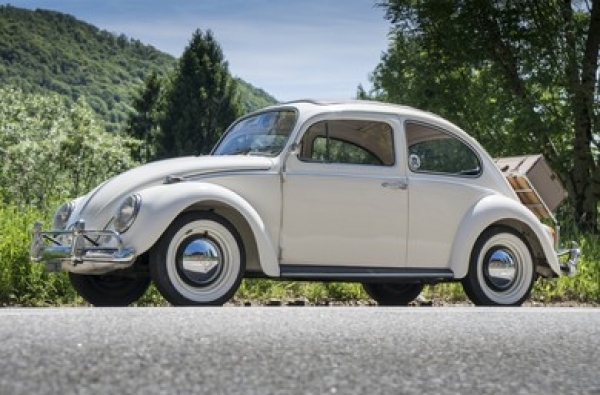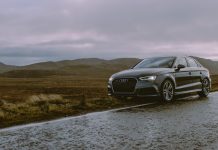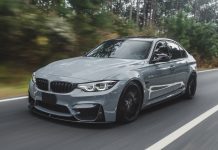Along with a bunch of mariachis, the last Volkswagen Beetle rolled off the assembly line at a factory in Mexico on July 10.
Originally created in Germany at the request of Adolf Hitler, the Beetle was eventually exported around the world and each country that sold the car absorbed it into its own culture.
In Mexico, it was nicknamed “Vocho” and became popular among taxi drivers, who painted them green and white. In France, where it’s known as “Coccinelle” or “la coccinelle,” it sped through the country’s winding medieval streets.
And in America, where it’s affectionately known as the “bug,” it represents the unusual and the idiosyncratic. In my college history class “Cars and American Life,” the first picture of a car students saw was not a Ford Model T but a Beetle art car that appeared in the movie.
I show Blank’s Beetle because cars represent ingenuity, individuality, and freedom. And art car enthusiasts like Blank – who transforms his cars into authentic means of self-expression – take those values to the next level.
Will Americans Buy Hitler’s Car?
When the Beetle was first introduced to the American market in 1949, most Americans saw nothing like it. Some people are vaguely aware of his connection to Adolf Hitler, which isn’t exactly a great selling point.
Aesthetically and mechanically, it’s almost everything the “Detroit Three” vehicles – General Motors, Chrysler, and Ford – don’t have.
A 1962 Volkswagen ad emphasized the car’s compact size. Alden Jewell/Flickr, CC BY
Instead of being accented with sharp corners, it’s rounded. Instead of being bulky and prone to overheating, it’s economical, reliable, and well-built. (Its parts are said to be so tight together that you have to break a window to close the door, and it can float while driving in a lake.) And while most car buyers want a vehicle that shows off the terrain. With taste, speed, and power, the Volkswagen Beetle looks really “cute”.
Beetle has polarized. An investigation in the January 1969 issue of Road & Track magazine pointed to the split:
Most owners were quite satisfied with the car and said they would buy another one. But some drivers complain that the cars – especially those made before 1965 – are not powerful enough and run slowly.
For these reasons, this model always seems to cater to a niche; But among his fans, he has achieved cult status.
Some owners have made their own modifications, adding power and improving handling. Others, inspired by the car’s great looks, have used it to make artistic statements.
“Oh My God” He Turns His Head
The son of a filmmaker and potter, Blank was born in 1963 and graduated from the University of California, Santa Cruz in 1986 with a degree in Theater Arts and Film Studies.
In the late 1980s, Blank bought a dented VW Beetle and decided to use it as a canvas to create a work of art. First, he drew a rooster on the driver’s side door. Then he added a globe to the front ornament, mounted a TV on the roof, and nailed plastic chickens and fruit to the bumper. He put a sticker on the back that read “Questions Administration” and eventually named the car “Oh my God”.
The name alludes to Blank eventually realizing that his car isn’t the only art car in America.
In fact, Blank’s car eventually became the catalyst for a movement. Its popularity has brought together enthusiasts who have deftly modified the Beetle and other car models, often adorning them with discarded consumables. Blank followed up “Oh My God” with another Beetle-based work, “Pico De Gallo”. As a fully interactive work of art, the vehicle is equipped with two electric guitars, drums, a keyboard, and an accordion.
Both Vehicles Reflect the Main Goals of the Art Car Movement:
interact with the audience in a way that evokes joy and surprise. Blank and his artful car enthusiasts hope their cars can inspire others to reject conformity and not succumb to an increasingly homogenous world.
This was followed by a picture book and several films, including “Wild Wheels” in 1992 and “Automorphosis” in 2009. Since then, Blank has advertised numerous art car events, most of which take place. in the San Francisco Bay Area and Houston. Other famous examples of Beetle art cars include one with wrought iron bodywork and another fitted with thousands of tiny lights.
Of course, there are many makes and models besides the Volkswagen Beetle that have been turned into art cars. But for Blank and other artists, the Volkswagen Beetle proved to be an ideal canvas.









